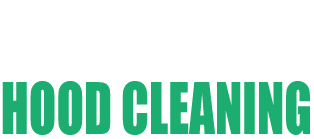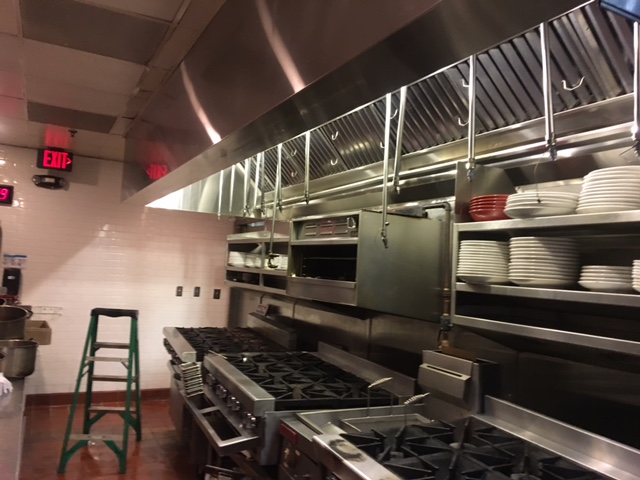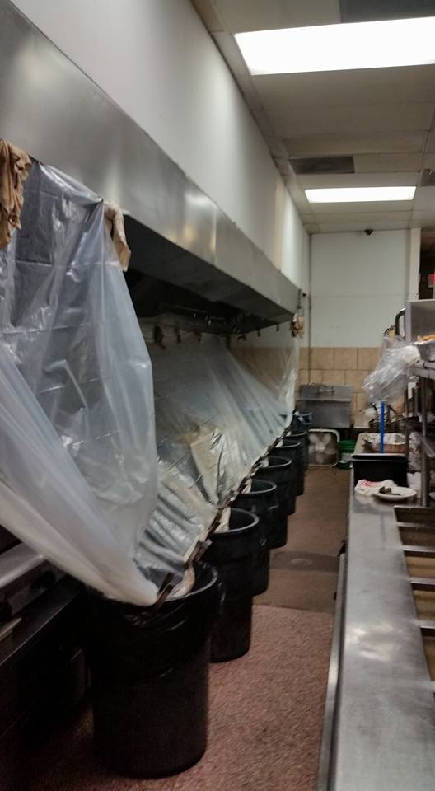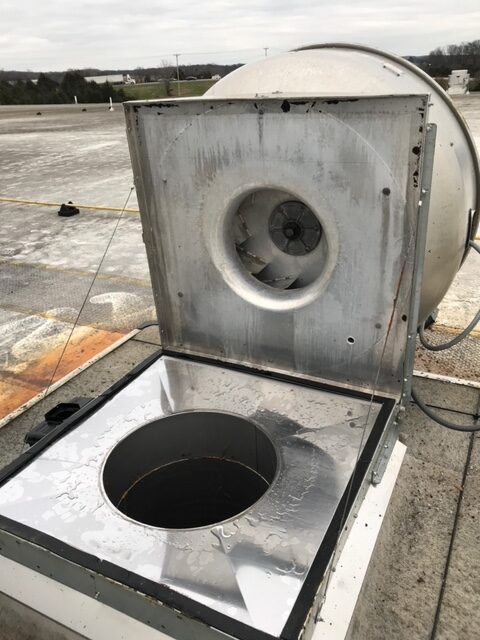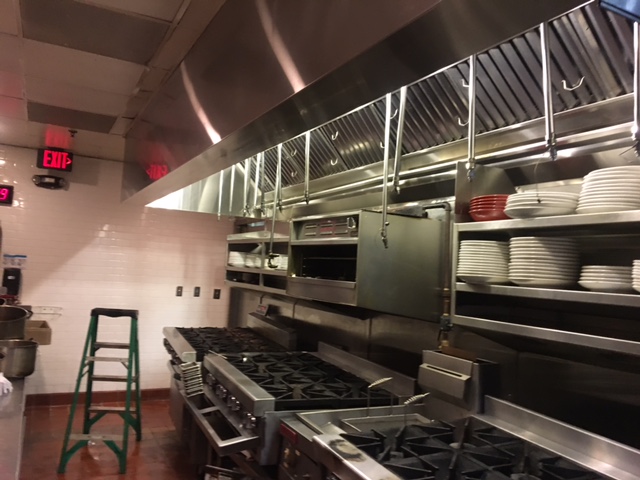Enhance Your Hood Cleaning Game: 5 Proven Techniques for Effective Kitchen Exhaust Maintenance in San Jose
San Jose is a bustling city where kitchen maintenance is of utmost importance for both commercial and residential establishments, and an integral component of this is ensuring proper hood cleaning and maintenance. Regular hood cleaning ensures the safety and wellbeing of occupants as well as increasing overall efficiency of the kitchen. In this article, we will look at five proven techniques that will help improve your hood cleaning game in San Jose: Thorough Inspection; Grease Removal; Duct Cleaning; Fan and Motor Maintenance (FMM); Regular Maintenance Schedule and Regular Motor Maintenance Schedule.
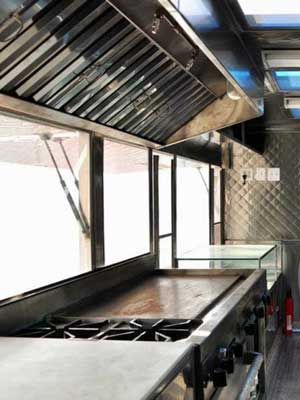
A well-maintained kitchen exhaust system plays a critical role in keeping kitchen environments safe, reducing fire risks, and increasing ventilation efficiency. San Jose being the epicurean capital, requires strict adherence to hood cleaning practices outlined herein and by following them you can ensure your exhaust system remains in top condition, creating an environment suitable for safe cooking environments.
Importance of Kitchen Exhaust Maintenance
Your kitchen exhaust system plays an essential role in eliminating smoke, odors, and grease particles from the air and thus preventing accumulations of harmful substances. Neglecting its maintenance could result in reduced airflow, increased fire hazards, compromised air quality, as well as compromised safety in your kitchen environment. Regular maintenance not only extends its lifespan but also ensures its safety for years to come.
Technique 1: Comprehensive Inspection
Before initiating the cleaning process, it is crucial to conduct an exhaustive inspection of your kitchen exhaust system, from its hood through filters, ducts and fans – including looking out for signs of damage or obstruction such as blocked ducts – all the way back through to potential issues that might surface later on. By taking proactive steps such as this prioritising any potential issues early, major issues could be avoided in future.
Technique 2: Grease Removal
Accumulated grease in kitchen exhaust systems is an accumulative fire risk. To effectively eradicate grease, begin by degreasing both filters and hood using non-toxic cleaning solutions that do not harm the environment, then scrub all surfaces carefully to reach all hard-to-reach places – it is recommended to use non-toxic and eco-friendly cleaners to ensure a safer kitchen environment.
Technique 3: Duct Cleaning
Ducts play an indispensable role in moving air throughout a kitchen and extracting contaminants that might linger there, such as grease and dust accumulations that block proper flow of airflow. Over time, professional duct cleaning services should be hired regularly in order to eliminate built-up residue and ensure optimal airflow.
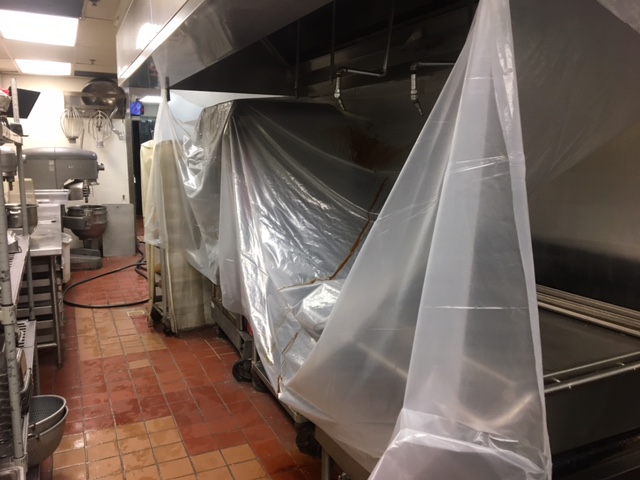
Technique 4: Fan and Motor Maintenance
Kitchen exhaust fans and motors are essential components of the system and should be maintained accordingly. Check fan blades regularly for dirt or grease accumulation and clean as necessary; lubricate fan bearings to reduce noise, and regularly inspect motors for any signs of wear and tear as part of regular inspection procedures; replacing or repairing as required.
Technique 5: Regular Maintenance Schedule For optimal kitchen exhaust maintenance, it’s crucial to establish a regular maintenance schedule. Create a checklist with all the tasks to be performed daily, weekly, monthly and annually on this schedule so as to stay ahead of any maintenance requirements and prevent major issues from developing.
To Review
Maintaining an effective kitchen exhaust system in San Jose is paramount to creating a safe and productive cooking environment. By applying the five effective techniques discussed here, you can improve your hood cleaning game and ensure your system remains in top shape. Regular inspections, thorough maintenance services and proper cleaning practices are keys to creating an environment-free kitchen. Typical FAQs About Hood Cleaning (KSHP).
1. How often should I clean my kitchen exhaust system?
To maintain optimal performance of the exhaust system in high-traffic kitchens, cleaning should take place every three months at minimum. More frequent inspection and maintenance may be necessary in certain circumstances to maintain optimal performance.
2. Can I clean the kitchen exhaust system myself or should I hire professionals?
While basic maintenance tasks can be performed by kitchen staff, for a thorough clean and inspection to comply with safety standards and regulations it is advisable to hire professionals for thorough cleaning and inspection of your exhaust system.
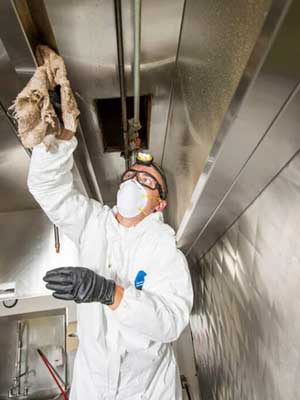
3. Are There Any Eco-Friendly Cleaning Solutions Available to Clean Hoods?
There are various eco-friendly hood cleaning products on the market designed specifically to cater for this task; these nontoxic, biodegradable, and safe for the environment products can all provide quality results.
4. What are the Consequences of Neglecting Kitchen Exhaust Maintenance?
Neglecting kitchen exhaust maintenance may result in reduced ventilation efficiency, increased fire hazards, poor air quality, and potential health risks for occupants of the space.
5. Does it make sense to clean my exhaust ducts as well?
Yes, cleaning exhaust ducts is also crucial as they can collect dirt, debris and grease that restrict airflow as well as create potential fire hazards.
